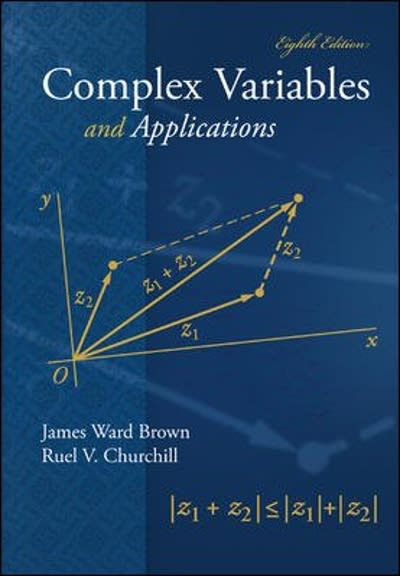
O Use YEAST.sav to construct a 98% confidence interval for the mean number of yeast cells over 1 mm". Analyze > Compare Means -> One-Sample T Test. o Test Variable(s): Count of Yeast Cells Test Value: 0 0 Options... Confidence Interval Percentage: 98% Continue D OK . Copy: [One-Sample Test O The mean of the data is 4.68 yeast cells per 1 mm'. Test the hypothesis that the mean for the population is less than 4.5 yeast cells per 1 mm. . Analyze > Compare Means > One-Sample T Test. Test Variable(s): Count of Yeast Cells Test Value: 4.5 D OK Copy: One-Sample Test I Use M&M.sav to test whether there is a difference in the mean weight of red and yellow M&M's. Assume the variances are equal. 1. Use a 98%% confidence interval. Analyze > Compare Means > Independent-Samples T Test. o Test Variable(s): Weight o Grouping Variable: Color Define Groups. Group 1:1, Group 2:3 That is, red and yellow, respectively. Options... Confidence Interval Percentage: 98% OK . Copy: Independent Samples Test2. Use the T test. Analyze -> Compare Means > Independent-Samples T Test. 0 Test Variable(s): Weight o Grouping Variable: Color Define Groups. Group 1:1, Group 2:3 That is, red and yellow, respectively. D OK . Copy: Independent Samples Test O Use SYSTOLIC sav to decide whether exercise appears to have an effect on systolic blood pressure. Note: these are paired because they are the before and after measurements of the some patients. 1. Use the T Test to test for a difference in the mean systolic blood pressure before and after exercise during a time of no stress. Analyze > Compare Means -> Paired-Samples T Test. o Variable 1: Pre-Exercise, No Stress Variable 2: Post-Exercise, No Stress Options: Confidence Interval Percentage: 98% D OK Copy: )Paired Samples Test 2. Use the T Test to test for a difference in the mean systolic blood pressure before and after exercise during a time of stress caused by an arithmetic test. . Copy: Paired Samples TestBlood Pressure and Exercise Introduction O Describe the data: what was measured, what are the units, what is the sample size, etc. O Explain the purpose of the SPSS computations. What did you want to discover? Results O Include the SPSS report with the results from the T test on the stress-free experiment. O Include the SPSS report with the results from the T test on the experiment with math stress. O State the 98%% confidence interval for the difference in means, the test statistic, and the P-value for the T-test on the stress-free experiment. O State the 98%% confidence interval for the difference in means, the test statistic, and the P-value for the T-test on the experiment with math stress. Conclusion O What did you discover? You should answer the question you posed in the introduction. Support your answer with the conclusions you drew from both confidence intervals as well as the conclusions you drew from both T tests










